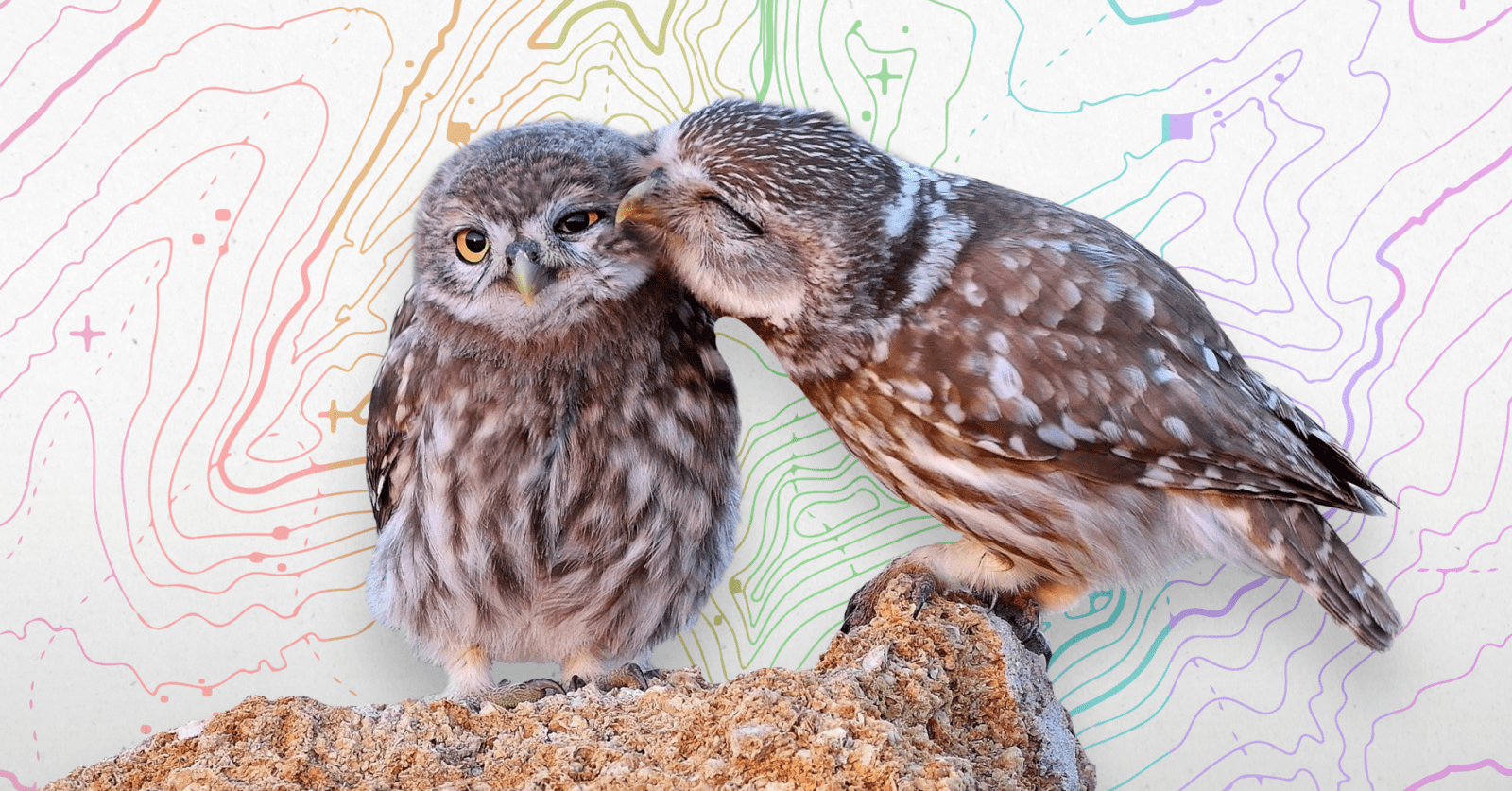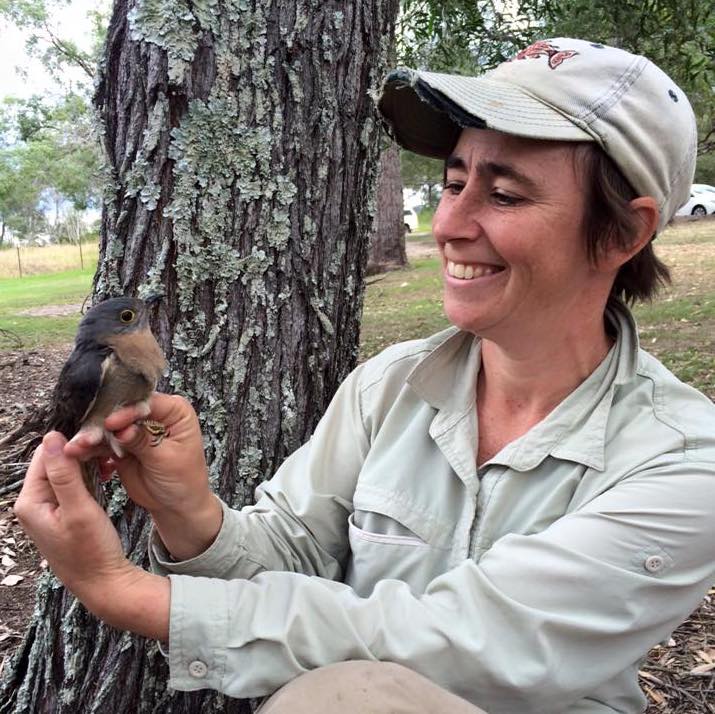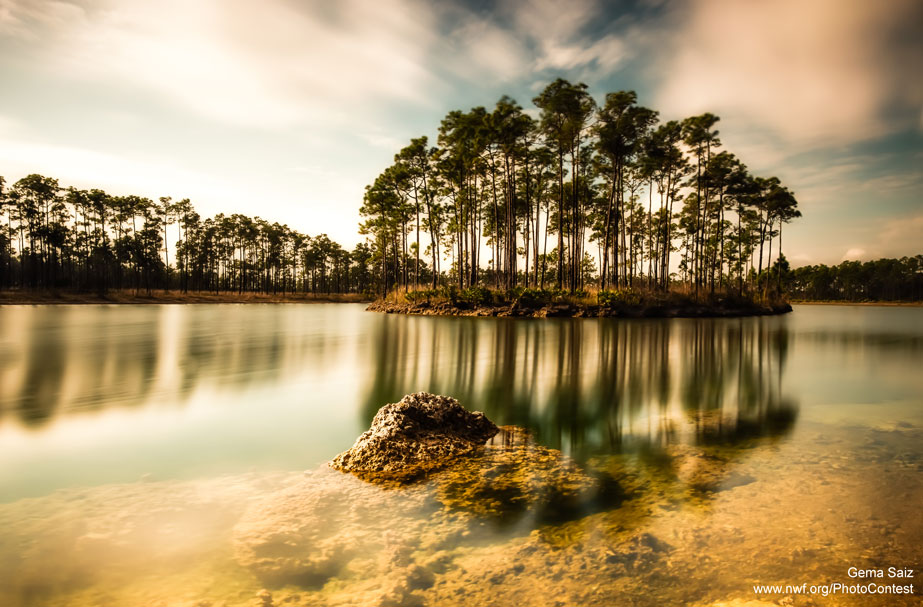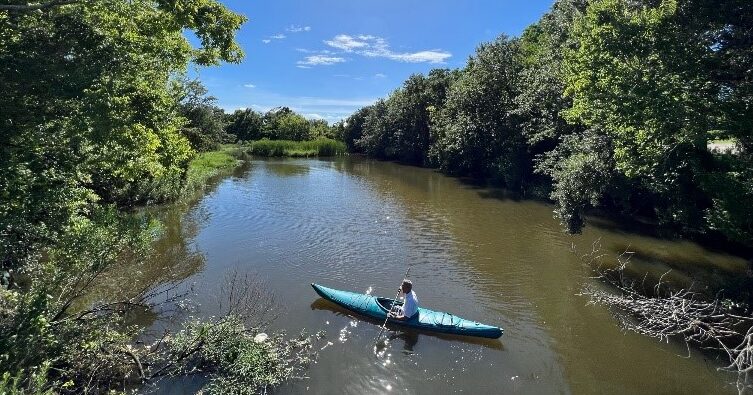We have much more to do and your continued support is needed now more than ever.
Queer Ecology: A Spectrum of Perspective

As we continue our celebration of Pride Month and our exploration of queer ecology, we return to the intersection of queer identities and ecological science. In the first part of this series, we delved into the principles of queer ecology and the uniquely meaningful relationships that queer individuals often form with the natural world. We explored how queer theory challenges traditional notions about nature and sexuality, and how it invites us to embrace a more inclusive and diverse understanding of the world around us.
In this second installment, we will discover the unique perspectives that queer scientists bring to the field of ecology, and explore how these perspectives can challenge long-standing assumptions, foster innovation, and promote a more comprehensive understanding of the natural world.
Queer Perspectives in Ecological Science
Queer relationships with nature, and by extension the queer perspective in general, can serve as powerful tools for dismantling heteronormative thinking and challenging long-standing assumptions about the natural world. This perspective goes beyond inclusivity; it fosters innovation and promotes a more comprehensive understanding of the world itself.
The importance of diversity in science cannot be overstated. A diverse scientific community is more likely to guard against misinterpretations and foster innovative ways of seeing the world and solving problems.
For example, Dr. Warkentin, a biology professor and professor of women’s, gender, and sexuality studies, made a notable discovery that frog eggs can hatch early to evade predators, a hypothesis that, to their surprise, had not been pursued before. They attribute their queer perspective as a significant factor that led to this discovery, stating that it had conditioned them to expect that “generally accepted things are sometimes incorrect,” whereas their colleagues may have had a worldview that manifested “a lack of appreciation of the extent of the possibilities.”
Many of the participants on 500 Queer Scientists echo this sentiment, and can attest to the positive scientific influences of their personal identities and the perspectives they provide. Queer ecologist Kaitlyn Gaynor, for instance, believes that her scientific worldview has been positively shaped by her queerness, hypothesizing that “breaking down binaries, questioning the status quo, and embracing diversity pushes us to be better scientists, critical thinkers, and collaborators.”
A tendency to question the status quo—something often necessary for scientific breakthroughs—appears as a common thread for these biologists. Danny Jackson, who studies how native birds adapt to urbanization, says that, “My queerness has shaped my life as a scientist. It taught me to question every assumption that we might have about the natural world.” Animal behaviorist Ben Whitaker adds, “I often question the status quo and being non-binary means I prefer to study animals as individuals—rather than overly relying on categories like sex, size or age until I determine their importance.”
A Voice to the Otherized
Interestingly, a survey of the 40 people on 500 Queer Scientists who identify themselves as animal behaviorists or behavioral ecologists revealed that nearly half specialize in what could be considered ‘socially otherized organisms.’ These include creatures such as skunks, spiders, wasps, parasites, and sharks, that often carry negative or fearful sentiment in popular culture. As a general rule of thumb, these ‘otherized’ creatures typically also receive less scientific attention.

This informal survey suggests that queer biologists may be more likely to study organisms that, like them, have been outcasted in some way. In choosing them for study, these scientists give a voice to under-represented organisms that do not receive as much attention as popular, charismatic animals, such as wolves or tigers. For example, Mal Hagadorn, a lesbian entomologist, takes pride in the fact that her research broadens inclusion in the insect world. Her recent studies focus on the biology of male bees—the often-overlooked sex among insect sociobiologists. She also studies gut microbiomes in dung beetles.
Investigations of Sexual Evolution
Additionally, a quarter of the same group of scientist study fields related to sex differences, mate choice, reproductive behavior, or sexual evolution, suggesting that queer biologists may also be particularly drawn to investigations of how sexuality fits into the broader context of life and evolution. Dr. Kristal Cain, a researcher and senior lecturer at Auckland University, makes it clear that their queerness has influenced their choice to study sexual behavior in animals. Their lab focuses on attempting to understand why animal behavior and appearance is so varied, and how complex social traits evolve. Dr. Cain’s lab is particularly interested in studying species that lack sex differences and consciously moving away from binary perspectives in research.

These new perspectives on animal sexuality can lead to incredible discoveries. One of the most striking examples is a recent discovery that challenged the prevailing notion that heterosexual relationships are the evolutionary norm, and revealed that we may need to rethink our entire understanding of the evolution of sexual behavior in animals. This study, which we discussed in depth in this post, is a testament to how a queer perspective can lead to groundbreaking insights and shift the scientific paradigm.
Fostering Innovation
Queer perspective offers a unique lens through which we can view and understand the natural world. By challenging heteronormative assumptions, embracing diversity, and allowing queer scientists the freedom to creatively pursue their own interests, we can foster innovation, promote inclusivity, and gain a more comprehensive understanding of the world around us.
However, the journey does not end here. While we celebrate the unique perspectives and contributions of queer scientists, it’s also crucial to acknowledge the unique challenges they may face. In the final part of this series, we will delve into these challenges, particularly those experienced by queer field biologists.
Read Part 1: Relationships to Nature and Part 3: Identity and Field Research of our Queer Ecology series.





















